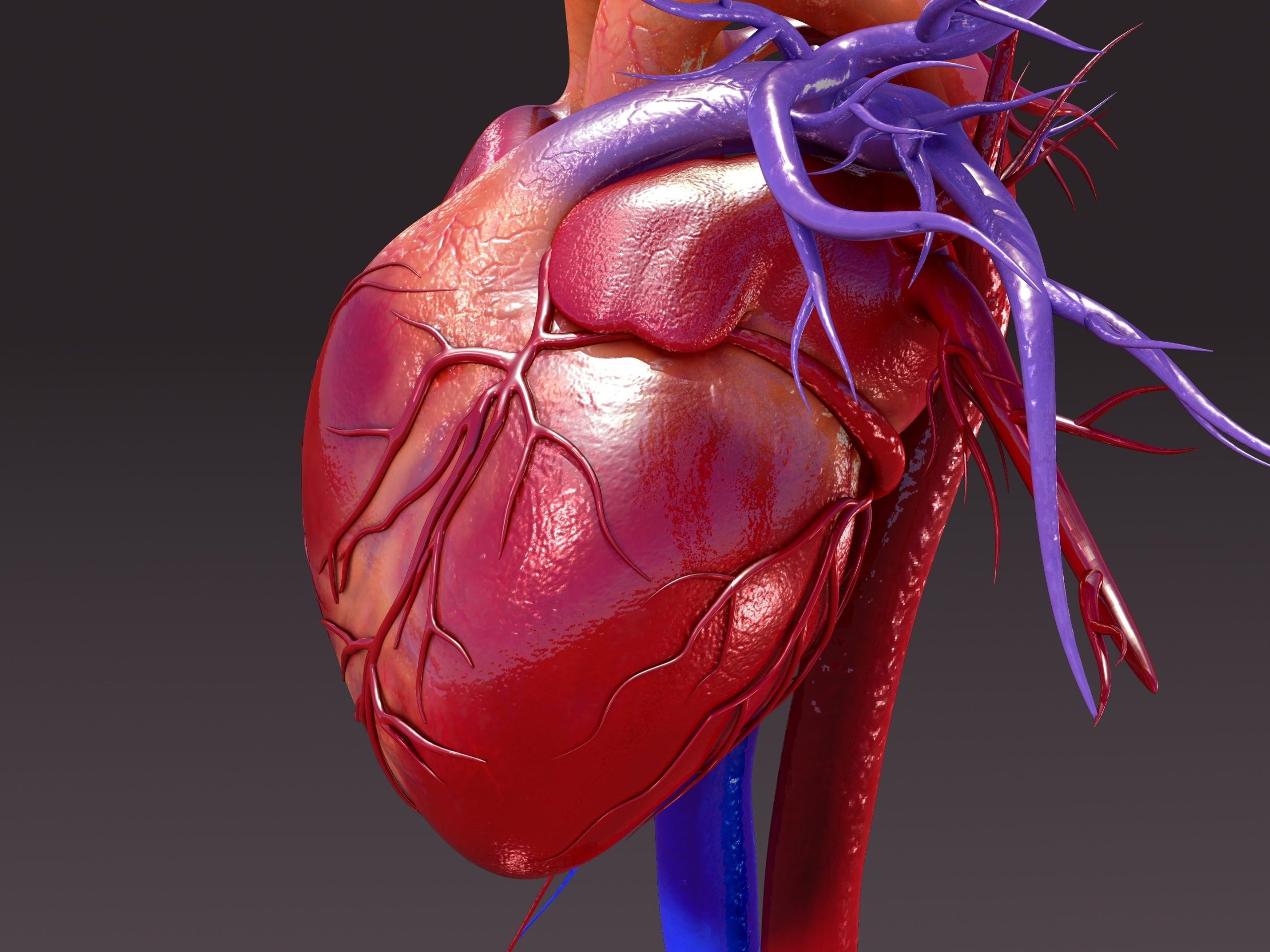Demystifying Electrophysiology: Understanding the Basics of Cardiac Rhythm Management in Heart Health

The Basics of Cardiac Rhythm Management (CRM)
The heart is a complex organ. It has a huge responsibility for keeping the body alive and making sure all the systems are getting what they need. It is one of the greatest elements in the human body and it fascinates scientists and cardiologists alike. However, when it isn’t working right, it can become a big problem.
Cardiac rhythm refers to the way that your heart beats. A typical rhythm is steady – beat, beat, beat. Some people with heart issues or other conditions could have an irregular rhythm, meaning that the heart beats out of time, skips beats, is too fast or slow, etc.
To understand how issues with cardiac rhythm are diagnosed and treated, you have to first understand electrophysiology, as well as the EP study used in cardiac rhythm management and testing.
Without further ado, let’s begin demystifying electrophysiology.
What Are the Five Phases of Electrophysiology of the Heart?
Electrophysiology is a term that refers to the operation of the electrical “circuits” in the heart. the electrical cells are separate from the myocardial cells, which make up the walls of the heart muscle. They create the conduction system in your heart and have three main properties: automaticity, excitability, and conductivity:
- Automaticity: Spontaneous generation and discharge of electrical impulses
- Excitability: Responses to electrical impulses
- Conductivity: Transmission of electrical impulses between cells
To make sure these are working correctly, an EP study will usually be performed. It will check the five phases of the heart’s operation, along with other elements.
The Five Phases of Electrophysiology of The Heart Are:
- Rest
- Upstroke
- Spike
- Plateau
- Downslope
This is the process that the heartbeat should take when it is activated beyond the resting rate. In people who struggle with cardiac rhythm issues, these phases may happen at different times or out of sync. Some people may never get to the downslope, or they may have a resting heart rate so low that their “spikes” are within the normal heartbeat range.
Whatever the case may be, patient monitoring and an electrophysiology study can help doctors determine what’s going on and what the best course of care and treatment for patients will be.
What is an EP Study?
To help with further demystifying electrophysiology, it’s important to understand what to expect when you visit your doctor. An EP study will be performed, which is a series of tests that are designed to examine and report on the heart’s electrical circuits and activity.
Modern technology allows doctors to create a detailed map of the heart’s circuitry and operations based on the impulses created when the heart beats. This can give them a unique, high-level view of how the signals are moving and whether there’s an issue. It’s also easier to pinpoint the issue than with other tests.
An EP study is performed in the hospital with a cardiologist and other health care and medical professionals. It is usually recommended for those who have an irregular heartbeat, who have fainted or have sudden loss of consciousness issues, and those with serious cardiac conditions that may impact rhythm and electrophysiology.
During this test, tubes known as catheters are placed in at least three heart areas on the body, usually in the groin region. They will insert plastic tubes into the blood vessels, guiding the sheaths to the heart as they send electrical signals and gather information about how the heart is functioning.
There Are Several Tests or Results That You Can Get From an EP Study Used in Cardiac Rhythm Management, Including:
- Baseline heart activity
- Heart rhythm testing (speeding and slowing the heart rate)
- Medication-induced electrical impulses
- Cardiac mapping
- Cardiac ablation (using heat or cold to block electrical signals and restore rhythm)
What Are the Risks of an EP Study?
Although EP studies are performed regularly and very rarely have any serious incidents, there are some risks to consider. It is a slightly-invasive procedure that involves inserting tubes into the body, so there’s always the risk of excess bleeding or infection around the incision sites.
Other risks include:
- Bleeding around the heart from perforation
- Damage to blood vessels or heart valves
- Damage to the electrical system
- Blood clots
- Heart failure
- Heart attack and stroke
- Death (rare)
Talk to your doctor to ensure that an EP study is right for you.
Is Electrophysiology Study Painful?
This test is not painful, but you may have some discomfort as your heart rate is sped up and down during the test. If you feel pain or serious discomfort, you should let your provider know right away. Although there are small incisions and tubes used, a local anesthetic ensures that you feel no pain in the insertion process, either.
CRM Final Thoughts
If you have issues with your cardiac rhythm, it’s time to talk to your doctor. Now that we’ve taken care of demystifying electrophysiology, you can no longer say you didn’t know. Ask your doctor if an EP study is right for your cardiac rhythm management needs.
Cardiovascular Research and Training Institute
At the Nora Eccles Harrison Cardiovascular Research and Training Institute (CVRTI), researchers are committed to learning how to better understand the heart’s electrical patterns (MacLeod). There has been a long-standing focus on cardiac rhythm and its disorders since the foundation of the institute. The CVRTI is exploring new cardiac rhythm management technologies to better diagnose and help patients who suffer from arrhythmias and other heart rhythm disorders. CVRTI researchers have changed the landscape of electrophysiology by understanding how cardiac bioelectricity creates the electrocardiographic signal, both in heart health and heart disease and deciphering how ion channels and transporters create the heartbeat and become altered. CVRTI researchers are dedicated to the study of the genomic basis of inherited arrhythmia syndromes (Tristani-Firouzi) and studying how risk factors, such as obesity (Aromolaran), affect arrhythmia incidence and mortality. Finally, the structural basis of atrial fibrillation (Ranjan), the most common rhythm disorders, is being elucidated by pioneering imaging studies (Dosdall, Selzman). In all, the CVRTI continues to lead the way in understanding how rhythm disorders develop and creating tools & technology to study and treat these in patients.CVRTI researchers are also learning the ion channels that generate electrical signals in the heart have other roles as well. Ion channels can regulate mitochondria (Chaudhuri), which is the power center of each muscle cell (Drakos), as well as cell organization (Shaw). Also, the proteins that organize ion channels can be used to rescue failing heart muscle (Hong, Shaw) as well as help clinicians quantify the extent of heart muscle failure (Shaw). The more we learn about ion channel, the better our understanding that these basic building blocks are not just important for the heart’s electrical system, but for heart health and function as well.


